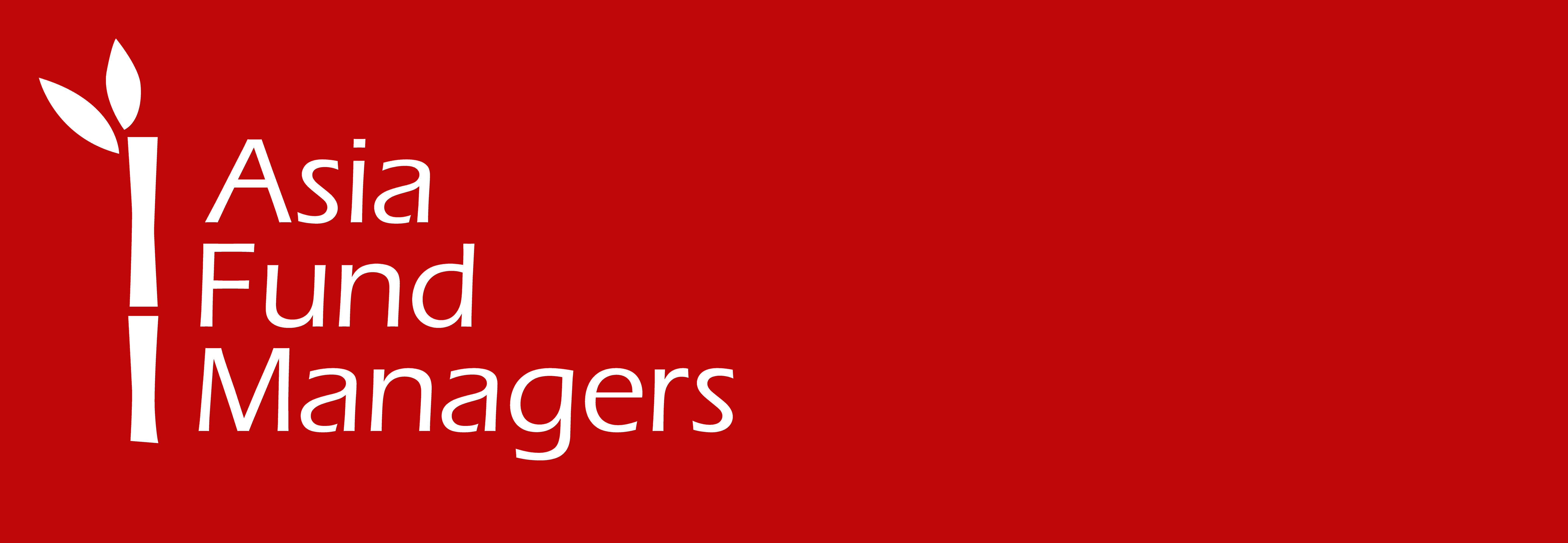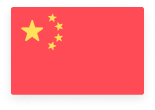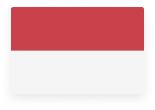Indonesia’s economy, the largest in Southeast Asia, is classified as an upper-middle-income nation and is a member of the G20, reflecting its significant role in the global economy. The country’s economic structure relies heavily on its domestic market, government spending, and state-owned enterprises.
Since gaining independence in 1945, Indonesia’s economic trajectory has been influenced by various factors, including political instability, regulatory challenges, and fluctuations in oil prices. The 1990s were marked by heightened government corruption, leading to economic distortions. In the aftermath of the 1997 Asian financial crisis, the government intervened by acquiring private-sector assets, which were subsequently privatised.
In 2012, Indonesia surpassed India to become the second-fastest-growing economy in the G20, trailing only China. However, the Covid-19 pandemic induced the country’s first recession in over two decades, with the economy contracting by 2.07% in 2020. A recovery ensued in 2021, with gross domestic product (GDP) growth reaching 3.69%, driven by eased containment measures, robust government support, and elevated commodity prices that boosted exports. Growth further accelerated to 5.3% in 2022 before stabilising to 5.0% in 2023 and 2024.
According to the International Monetary Fund’s April 2025 World Economic Outlook, Indonesia’s real GDP is projected to grow by 4.7% in 2025 and 2026.
Indonesia economy: GDP Annual Growth Rate (in%)
Currency and Central Bank
Indonesia’s official currency is the rupiah, derived from the Sanskrit word rupyakam, meaning silver. Due to historical inflation, the subdivision of the rupiah into 100 sen has become obsolete, with all sen-denominated coins and banknotes withdrawn from circulation.
Bank Indonesia (BI) serves as the country’s central bank and is currently headed by governor Perry Warjiyo. The bank was founded in 1953 after the private Dutch bank, De Javasche Bank or Bank of Java, was nationalized three years after the country’s independence from the Netherlands. The institution is governed by a board comprising the governor, a senior deputy governor, and multiple deputy governors, each serving renewable five-year terms.
Indonesia Inflation (in %)
Indonesia’s inflation rate has remained within the central bank’s target range of 1.5% to 3.5%. The IMF forecasts consumer price inflation to average 1.7% in 2025 and 2.5% in 2026.
Industry and Trade
Indonesia’s population stands at approximately 284 million, with a labor force of about 137 million individuals. Over the years, the nation has transitioned from an agriculture-based economy to a more diversified one, reducing its reliance on primary exports.
The agricultural sector contributes around 12% to Indonesia’s GDP and employs approximately 29% of the labor force. Indonesia is the world’s second-largest producer of natural rubber and a leading producer of agricultural goods such as rice, sugarcane, coffee, tea, tobacco, palm oil, coconuts, and various spices.
The industrial sector accounts for about 41.4% of Indonesia’s GDP and provides employment to approx. 21.7% of the workforce. Key manufactured products include textiles, cement, chemical fertilizers, electronic goods, rubber tires, clothing, and footwear.
The service sector is the largest contributor to Indonesia’s GDP, accounting for approx. 41.8%, and employs about 49% of the labor force. Significant service industries encompass banking and tourism.
Indonesia economy: Balance of Trade
Indonesia posted a trade surplus of $31.04 bn in 2024, down by $5.84 bn from the previous year, according to the Central Statistics Agency (BPS). Exports rose by 2.29% to $264.7 bn, while imports increased by 5.31% to $233.66 bn.
The country’s primary export commodities include coal briquettes, palm oil, petroleum gas, automobiles, and gold. Notably, Indonesia holds the world’s largest nickel reserves and has become a significant producer of metals such as bauxite, tin, and nickel ore. It remains the world’s largest producer and exporter of palm oil and ranks as the eighth-largest exporter of liquefied natural gas (LNG).
China is Indonesia’s leading export partner, accounting for 25% of total exports, followed by the United States (8.99%), Japan (8.03%), India (7.84%), and Singapore (4.87%).
On the import side, Indonesia’s total imports in 2023 amounted to approximately $221 bn, a 6.55% decline compared to 2022.
The main import commodities include refined petroleum, crude petroleum, vehicle parts, telephones, and petroleum gas. China is the largest source of Indonesia’s imports, constituting 28% of the total, followed by Singapore (8.29%), Japan (7.44%), the United States (5.1%), and Malaysia (4.84%).
Stock Exchanges and Capital Markets
The Indonesia Stock Exchange (IDX), formed in 2007 through the merger of the Jakarta Stock Exchange and the Surabaya Stock Exchange, has experienced significant growth in recent years. As of December 31, 2024, the IDX listed 943 companies, reflecting a substantial increase from previous years.
The total market capitalization of the IDX reached approximately $778 bn by the end of 2024, up from approximately $765 bn at the end of 2023.
The IDX’s primary stock market indices are the Jakarta Composite Index (JCI) and the Jakarta Islamic Index (JII), which track the overall market performance and Sharia-compliant stocks, respectively. The Jakarta Composite Index (JCI) closed at 7,079.90 on the final trading day of 2024. This represented a 3.33% decline over the year, despite reaching a record high of 7,905.39 in September.
Bond Market
Indonesia’s bond market has shown consistent development, offering a wide range of debt instruments that cater to both domestic and international investors. These include Bank Indonesia Certificates (Sertifikat Bank Indonesia, SBI), government bonds, and corporate bonds. The market has been resilient, reflecting the country’s stable economic fundamentals and prudent fiscal and monetary policies.
Government bonds remain a key component of Indonesia’s bond market, providing competitive yields that attract both local and foreign investors. The benchmark 10-year government bond typically serves as a bellwether for market sentiment, often offering yields that compare favorably to other emerging markets.
Real Estate Market
Indonesia is one of the cheapest property markets in Southeast Asia. For instance, housing prices in Jakarta are approximately 37% lower than those in Manila, the Philippine’s capital, providing a cost advantage for potential buyers.
However, property prices vary significantly across different regions. Bustling real estate markets like Jakarta and Bali command higher prices, while suburban locations like Malang, Makkasar and Bandung witness a broad range of housing prices.
Residential property prices increased by 1.76% year-on-year in the second quarter of 2024, following a 1.89% rise in the previous quarter.
The Indonesian real estate market is projected to expand from $64.78 bn in 2024 to $85.97 bn by 2029, achieving a compound annual growth rate (CAGR) of 5.82%. This growth is attributed to favorable demographics, increasing urbanization, rising per capita income, a significant young population entering the housing market, and supportive government initiatives.
Indonesia Housing Index (in %)
Affordable housing projects in Indonesia, which are supported by the government, foreign investors, and organisations such as the World Bank, are expected to boost the real estate market going forward.
A notable government program is the ‘One Million Houses’ (OMH) initiative, launched in 2015, aiming to construct at least one million houses annually to address housing shortages and promote affordable housing. This program has been instrumental in driving the development of affordable housing across the country.
Editorial Note:
This article was written with the assistance of AI. A human editor reviewed and refined the text for accuracy and quality before publication.
Source of graphics: tradingeconomics.com


 Australia
Australia China
China India
India Indonesia
Indonesia Japan
Japan Malaysia
Malaysia Philippines
Philippines Singapore
Singapore South Korea
South Korea Taiwan
Taiwan Thailand
Thailand Vietnam
Vietnam


